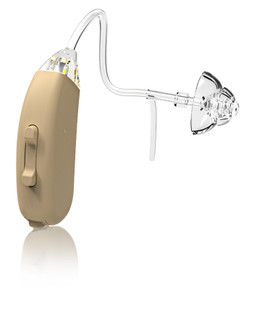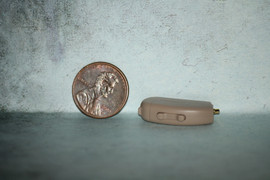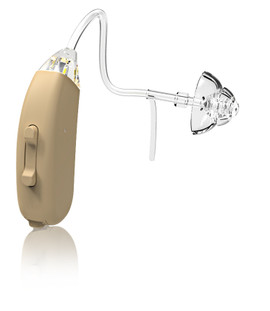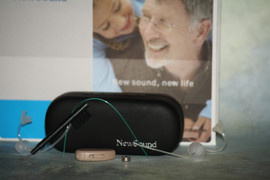Hearing aid options available to you
Posted by www.mayoclinic.org on Jan 20, 2025
The hearing aid options available to you What to look for when buying a hearing aid How to get used to a hearing aid It analyzes and adjusts the sound based on your hearing loss, listening needs and the level of the sounds around you. The amplified signals are then converted back into sound waves and delivered to your ears through speakers, sometimes called receivers. Hearing aid designers keep making smaller hearing aids to meet the demand for a hearing aid that is not very noticeable.
A tube connects the hearing aid to a custom earpiece called an ear mold that fits in your ear canal. This type is appropriate for people of all ages and those with almost any type of hearing loss. Increasingly, hearing aids can wirelessly interface with certain Bluetooth-compatible devices, such as cellphones, music players, computers and televisions. You may need to use an intermediary device to pick up the phone or other signal and send it to the hearing aid.
For an individual with two hearing aids, the aids can be programmed to function together so that adjustments made to a hearing aid on one ear (volume control or program changes) will also be made on the other aid, allowing for simpler control. An audiologist will assess your hearing, help you choose the most appropriate hearing aid and adjust the device to meet your needs. If you have hearing loss in both ears, you will get best results with two hearing aids.You can usually get a hearing aid with a trial period.
It may take you a while to get used to the device and decide if it's right for you. Hearing aids do not function indefinitely, but they should last about five years. Hearing aids can't restore normal hearing or eliminate all background noise. Getting used to your hearing aid Getting used to a hearing aid takes time .You'll likely notice that your listening skills improve gradually as you become accustomed to amplification. Even your own voice sounds different when you wear a hearing aid.
When first using a hearing aid, keep these points in mind: Hearing aids won't return your hearing to normal. Allow time to get used to the hearing aid. It takes time to get used to your new hearing aid. Practice using the hearing aid in different environments. A willingness to practice and the support of family and friends help determine your success with your new hearing aid. You may also consider joining a support group for people who have hearing loss or are new to hearing aids. It's a good idea to take advantage of this for any adjustments and to ensure that your new hearing aid is working for you as well as it can.
Your success with hearing aids will be helped by wearing them regularly and taking good care of them. The goal is that, in time, you find a hearing aid you're comfortable with and that enhances your ability to hear and communicate. Mayo Clinic Minute: Hearing aids not 'one-size-fits-all' Cynthia Hogan, Ph.D., Audiology, Mayo Clinic Dr. Hogan: "Hearing aids, because they're digital, can be adjusted over a wide range of hearing loss." That's one reason why audiologist Dr. Cynthia Hogan says with these devices, one-size-fits-all does not apply. Hearing aids. Hearing aid amplification. How to find the right hearing aid for you.









